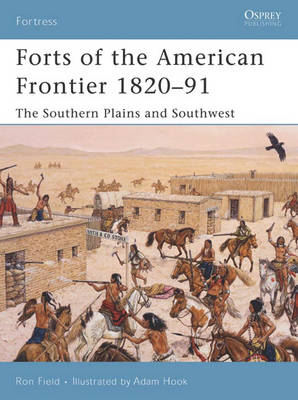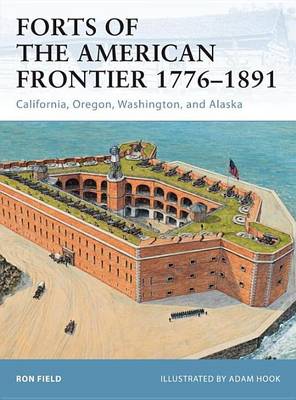Fortress
3 primary works
Book 38
The American Civil War saw a massive development in the use of land and field fortifications. This book, the second in a sequence of four, studies the many forms of land and field fortifications used during the War Between the States. It considers some of the 70 land fortifications erected to defend Washington DC during the first few months of the war. It covers lunettes, advanced redoubts, rifle pits, redan lines, bomb-proof shelters, covered ways, and powder magazines among others. The daily experiences of the soldiers in the trenches are also covered in this detailed and authoritative volume.
Book 54
During the 1840s, the rarely visited Great American Desert of the Southern Plains and Southwest became part of the inexorable westward expansion, as European traders and settlers headed overland from the eastern seaboard. The traditional lands of the Creek, Cherokee, Choctaw, Chickasaw and Seminole Indians were quickly absorbed, and the rapid advance of the frontier soon brought the white man into conflict with the Kiowa, Comanche, Apache and Navajo tribes. Numerous posts and forts were built to protect trading posts and settlers, and to police the Indian reservations. This title explores the design and development of these sites, the life of the garrisons that manned them, and the clashes with Native American warriors such as Geronimo, Manuelito and Quanah Parker.
Book 105
With the violent separation between the United States and Britain which began in 1776, the new 'Americans' set off to fulfill their manifest destiny and rule their new land from coast to coast. As they pushed westward, they came into conflict with both natives and other European settlers, and began to build fortresses to defend their newly claimed land. This book charts the development and variation of the fortresses of the American Frontier, covering both American defenses and those of the Spanish in the west. It also examines the little-known forts of early Russian settlers on the Pacific coast.


